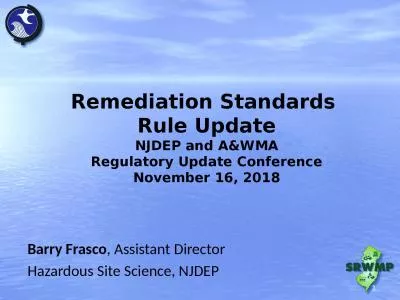PPT-Starting Soon : Remediation Management of Complex Sites
Author : chipaudi | Published Date : 2020-06-17
Remediation Management of Complex Sites RMCS1 httprmcs1itrcweborg Download PowerPoint file Cluin training page at httpwwwcluinorgconfitrcrmcs Under Download Training
Presentation Embed Code
Download Presentation
Download Presentation The PPT/PDF document "Starting Soon : Remediation Management ..." is the property of its rightful owner. Permission is granted to download and print the materials on this website for personal, non-commercial use only, and to display it on your personal computer provided you do not modify the materials and that you retain all copyright notices contained in the materials. By downloading content from our website, you accept the terms of this agreement.
Starting Soon : Remediation Management of Complex Sites: Transcript
Download Rules Of Document
"Starting Soon : Remediation Management of Complex Sites"The content belongs to its owner. You may download and print it for personal use, without modification, and keep all copyright notices. By downloading, you agree to these terms.
Related Documents

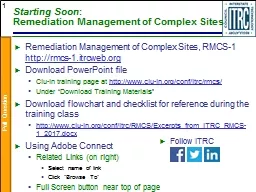

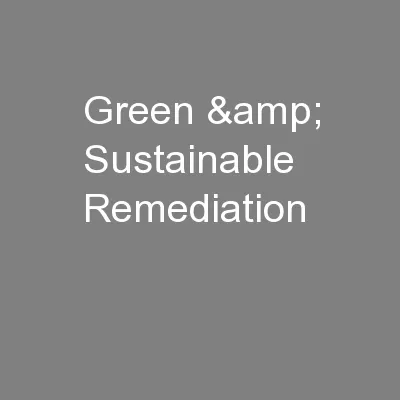
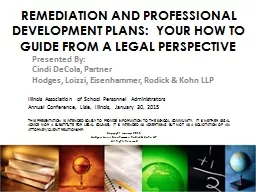
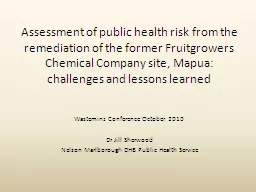
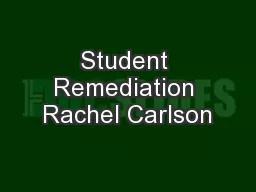
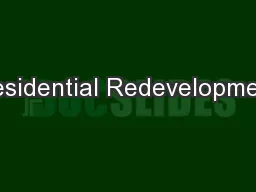
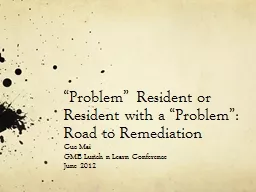
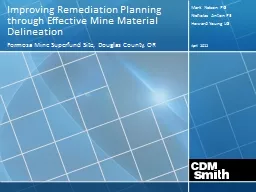
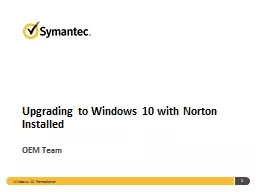
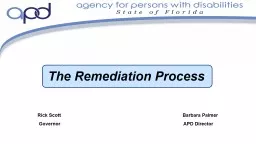
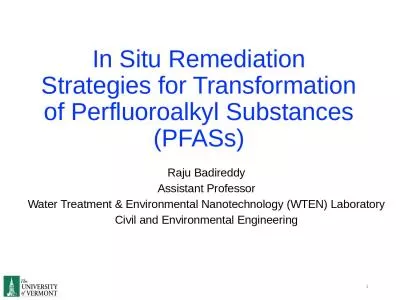
![[PDF READ ONLINE] Starting Off Right in Law School (Starting Off Right Series)](https://thumbs.docslides.com/1020243/pdf-read-online-starting-off-right-in-law-school-starting-off-right-series.jpg)
